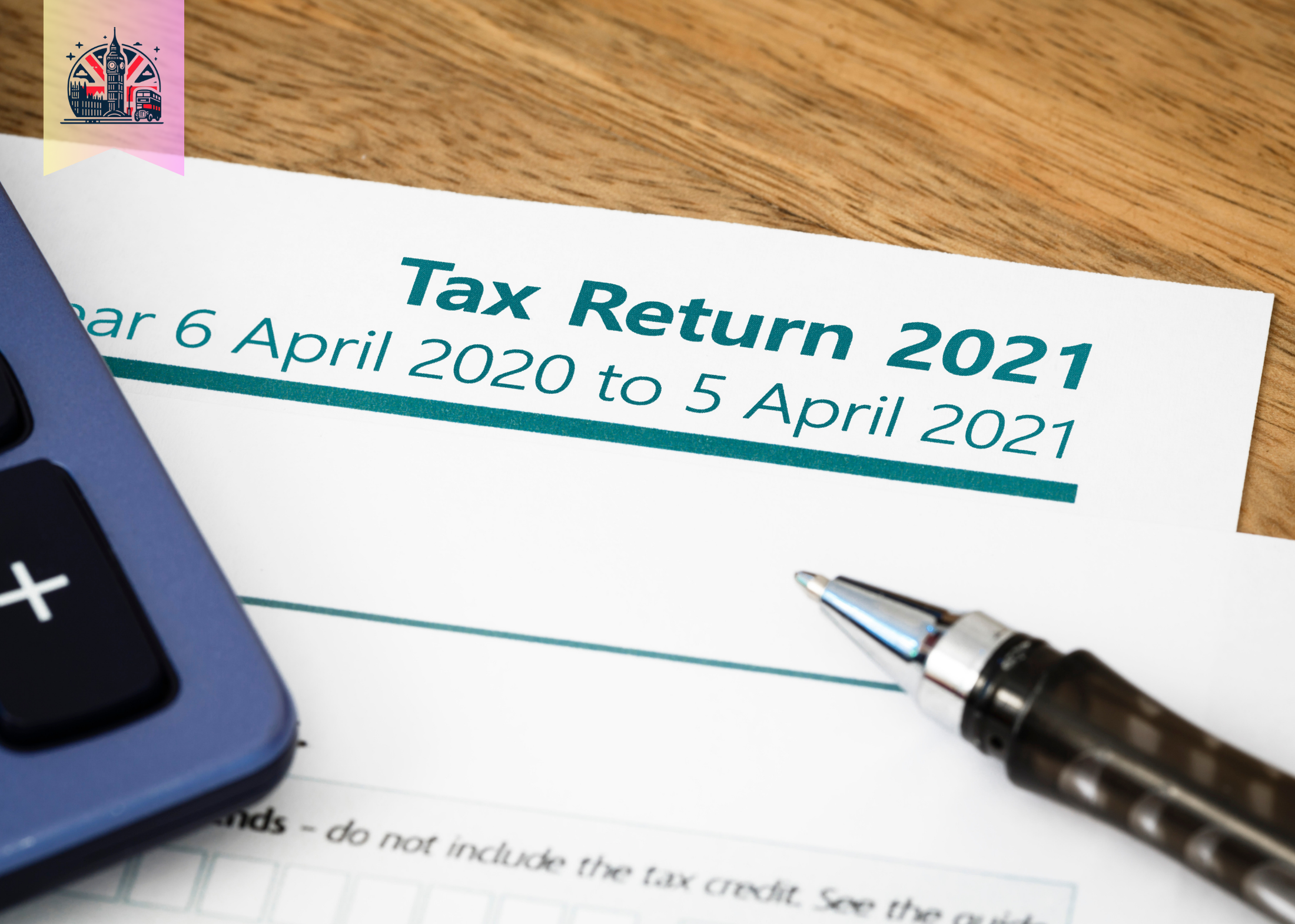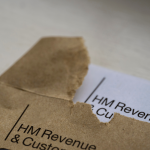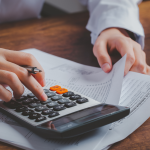Filing a self-assessment tax return is a fundamental requirement for many self-employed individuals, freelancers, and sole traders in the UK. This detailed guide will walk you through the process of filing your tax returns online via the HMRC gateway, ensuring you understand each step, know what documents are necessary, and comply with UK tax laws.
1. Introduction to Self-Assessment
Self-assessment is not just a means of reporting income and expenses to HMRC; it’s an essential practice that affects millions of self-employed individuals across the UK. If you’re self-employed, a freelancer, or a sole trader, you are likely required to file a self-assessment tax return annually. This process helps you declare any income that isn’t taxed elsewhere and calculate how much tax and National Insurance Contributions (NICs) you owe. The key to a stress-free filing experience is understanding the system, knowing your obligations, and preparing well ahead of the deadline.
2. Registering for Self-Assessment
To start filing your self-assessment tax returns, you must first register with HMRC. This can be done online and should ideally be completed by the 5th of October in your business’s second tax year. You’ll need to provide some basic information, including your name, address, date of birth, National Insurance number, and details about your business. Once registered, HMRC will send you a Unique Taxpayer Reference (UTR) and details on how to set up your online account. This UTR is crucial for filing your taxes and must be kept secure.
3. Gathering Necessary Documents
Before logging into the HMRC gateway, ensure you have all the necessary documentation on hand. This includes:
- Personal Information: Your UTR, National Insurance number, and other personal details.
- Income Statements: Details of the income you’ve earned during the tax year, including business income, rental income, and any other sources.
- Expense Receipts: Evidence of allowable expenses which can be claimed to reduce your tax bill.
- Bank Statements: These help verify the income and expenses you report.
- P60 or P45 Forms: If you are also employed or were employed during the fiscal year.
- Contributions to Pensions and Charities: Which can often be claimed to gain tax relief.
Having these documents prepared will simplify the process of filling out your tax return and help ensure accuracy in your submissions.
4. Logging into HMRC Gateway
To file your tax return, visit the HMRC website and log into the HMRC online services gateway. If it’s your first time, you’ll need to register and create an account. Make sure you have your UTR and National Insurance number handy, as you will need these to register. Follow the prompts to enter your credentials and access your account. It’s advisable to check that all personal details are up-to-date each time you log in to avoid any issues with your submission.
5. Filling Out the Tax Return
Filling out the tax return involves several sections, and it’s crucial to take your time to ensure all information is correct:
- Personal Details: Verify that all your personal information is accurate.
- Income Details: Enter details of your income from all sources. This will include business revenue, possibly rental income, and perhaps income from employment.
- Deductible Expenses: Input allowable expenses. It’s important to understand what expenses are allowable as deductions, such as office costs, travel costs, and certain types of business insurance.
- Capital Allowance Claims: If you bought capital equipment for your business, you might be able to claim capital allowances on these purchases.
Each section of the online form is designed to capture specific types of information. Ensure you read the guidelines provided for each section carefully to avoid common mistakes, such as underreporting income or claiming ineligible expenses.
This comprehensive approach will help you navigate the complexities of the self-assessment tax return process smoothly and efficiently. Stay tuned for the second part of this guide, which will cover calculating your tax, submitting the return, dealing with payments, and maintaining proper records.
6. Calculating Your Tax
Once you’ve filled in all sections of your tax return with your income details and allowable expenses, the system will calculate the tax you owe. This calculation considers various factors, including your total income, applicable tax rates, allowances, and reliefs. If you’ve made contributions to a pension or donated to charity under Gift Aid, these can also affect your tax calculation by potentially reducing your taxable income. It’s critical to ensure that all data entered is accurate to avoid errors in your tax calculation.
7. Submitting the Tax Return
After filling out your tax return and reviewing the calculations, the next step is to submit it to HMRC. Before submission, thoroughly review your return for any potential errors. Check the figures, spelling, and information accuracy one last time. Once you are satisfied, you can submit your return electronically via the HMRC gateway. Remember, the deadline for online submissions is January 31st following the end of the tax year. Submitting your tax return on time is crucial to avoid penalties for late submission.
8. Paying Your Tax Bill
Once your tax return is submitted, you will need to pay any tax due. HMRC provides several payment options, including direct debit, bank transfer, or payment by credit card. Be aware of the payment deadline, which is also January 31st. If you are unable to pay your tax bill in full, contact HMRC as soon as possible. You may be able to arrange a payment plan to spread the cost over a longer period, thus avoiding potential penalties and interest on late payments.
9. Keeping Records
HMRC requires you to keep records of your income and expenses for at least five years after the 31 January submission deadline of the relevant tax year. Keeping detailed and organized records is essential not only for filling out your tax return but also for proving the figures reported in case of an HMRC inquiry. This includes keeping copies of invoices, receipts, bank statements, and any other documents that support the entries in your tax return.
10. Tips for Next Year’s Tax Filing
To make the next year’s tax filing process smoother and potentially less stressful, consider the following tips:
- Set Aside Money for Taxes: Regularly setting aside money to cover your estimated tax bill can prevent financial strain at the deadline.
- Maintain Organized Records: Keep your financial records organized and up-to-date throughout the year. This practice makes it easier to fill out your next tax return and reduces the likelihood of errors.
- Review Tax Planning Strategies: Regularly review your tax situation with an advisor to explore any new tax planning opportunities. This could include adjusting your payments on account or investing in schemes with tax incentives.
- Stay Informed: Tax laws can change, so staying informed about any changes that may affect your tax filings is crucial. Regularly visit the HMRC website or subscribe to financial newsletters for updates.
Conclusion
Effective management of your self-assessment tax return is crucial for compliance and financial health. By understanding each step of the process and preparing in advance, you can ensure a more manageable and stress-free experience. Remember, the key to successful tax filing is accuracy, timeliness, and good record-keeping.
Consider setting a reminder for important tax dates and start preparing for your next tax filing now. If you have any doubts or require assistance, don’t hesitate to consult a professional tax advisor. They can provide valuable insights and support tailored to your specific circumstances, helping you optimize your tax position and comply with HMRC regulations effectively.







